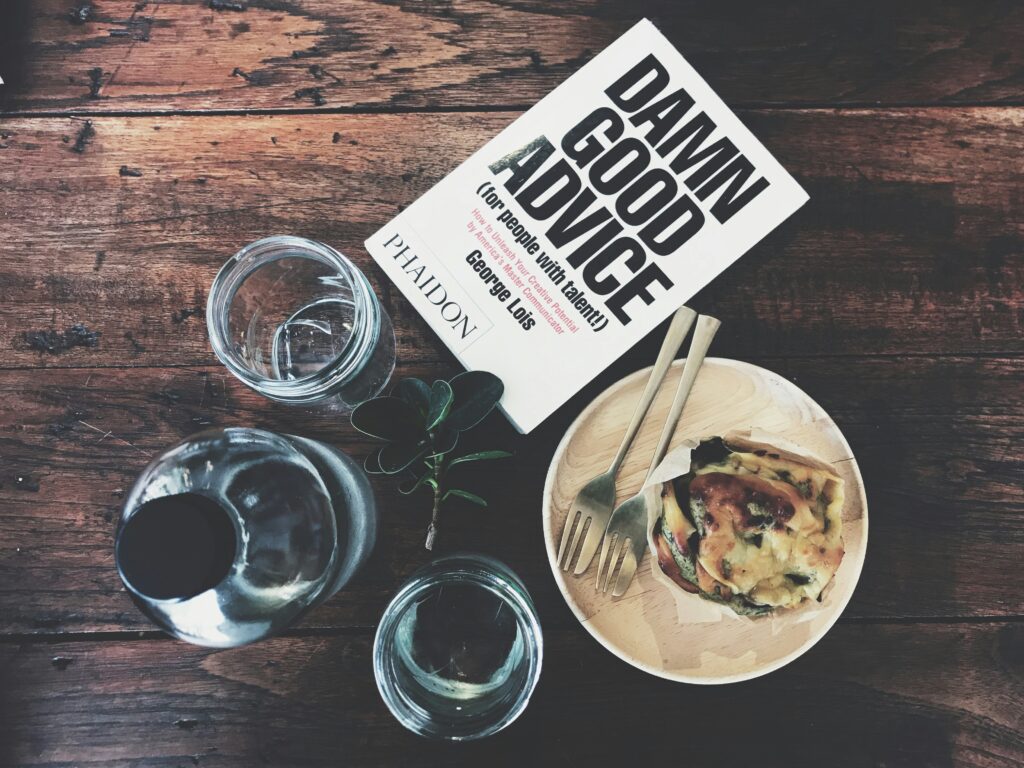5 Mistakes That Hurt Your Grant Application

So you’ve found a grant that would be perfect for taking your organisation or venture’s mission to the next level. You’ve now spent hours writing an application – but it still doesn’t seem to really gel with your vision and what you’re asking.
As you sip at your umpteenth coffee for the day, you’re wondering why this is and how anyone could possibly create a compelling yet succinct case for funding in the heavily restricted, boxed world of an application form.
And even as you ponder that question, you’re also all too aware that your deadline is looming even closer.
You’re beginning to think that nothing less than expert wordsmith magic will create not just a high-quality grant application, but one that makes funding bodies say that word that every grant seeker wants to hear… yes!
As experts in impact storytelling, we’re here to tell you (albeit in an ironic fashion) that this is not necessarily the case!
Recently the Grant’d team took the time to reflect together on the hundreds of applications that have come across our desks in our various roles across the years. And although our experiences were vastly different, we’ve all agreed on two things:
Firstly, there’s just five simple mistakes that often stand between an organisation and their capacity to successfully secure game changing funds.
And secondly, once any budding grant writer understood not only these mistakes but also the solutions to these mistakes… they were able to instantly elevate the quality of their cases for funding each and every time!
And because we’re now on a mission to make sure that every change maker is capable of achieving exactly that, it’s time for us to share our knowledge with you.
So without further ado… here’s a list of the top 5 mistakes that hurt your application and exactly how you can fix them!
Mistake 1: Lack of clarity
We see this all the time – an organisation has identified a grant that they’d love to win… but because they’ve found it at the last minute and don’t have a clear idea of their project’s funding needs, this comes through in the application content as a clear lack of clarity around the proposed project and what role the requested funding will play.
Solution: Never make up funding asks on the fly. Before starting any application, take the time to build a project outline (including the what, how, why, when and projected impact of the project) as well as an itemised budget. This will empower you in building a crystal clear case for funding. We also recommend creating a grants calendar using our six steps so you can avoid those 11th hour grant writing sprints!
Mistake 2: Inconsistency
With increased clarity, you’ll also be able to spot and fix the next most common mistake – inconsistency. We often see applications that describe the project, yet the budget doesn’t properly reflect the project description. This inconsistency often confuses funding bodies – and with hundreds of applications demanding their time, this confusion means that they’re more likely to pass your application over rather than ask for clarification.
Solution: Make sure that your budgets match with what you’re proposing. For example, if you say you’re contracting someone to deliver an aspect of your project, this needs to be reflected in the budget – and vice versa.
Mistake Three: No clear statement of funding need
Speaking of confusion, we cannot overstate the importance of establishing early on exactly what your project is and what the requested funding will cover. Often this is not made clear and funding bodies are left wondering what you’re asking of them.
Solution: Where possible, include a statement at the end of your project description that summarises exactly what role the funding will play in your project. The rest of the application content will be all about expanding upon this statement. For example:
“The requested funding will cover the purchase of <items>, in a step closer to empowering <projected beneficiaries> to achieve <project objective>.
Mistake Four: Failing to show how your proposal fits into the bigger picture
It’s incredibly easy to get tunnel vision when writing an application for a specific project and forget to include the role that it’ll play in achieving your overall vision for change. This can be a dangerous mistake particularly given that funding bodies often like to see evidence that the impact of their funding will last even beyond the funded period.
Solution: Identify how your project will contribute to your overall organisational mission in measurable ways – and incorporate this into a clear statement. Here’s a very basic example which you could expand upon:
“This project represents a step closer to our organisational goal of reaching <insert number> by <insert year>.”
Mistake Five: Not demonstrating lasting impact
This brings us to the fifth and final most common mistake that we see in grant applications – failure to show how your project or program will create lasting impact – something that funding bodies are now increasing their focus on. In choosing where to distribute their funding, they seek to fund the projects with maximum impact return potential.
Solution: Identify how your projected impacts will last even beyond the funded period and create a clear statement in your application content summarising this.
For example, if your project were a sustainable seed loans program, you would highlight how just a single bag of seeds generates <insert number> additional bags of seeds following harvest, resulting in the capacity to service many more in need without the need for further investment.
Often, fixing these mistakes only takes an investment of a couple of hours… and then you’ll be able to hit submit with every confidence that you’re putting your very best foot forward – aka the best feeling on earth!


